When Oasis released (What’s The Story) Morning Glory? 30 years ago this month, there was no guarantee the brothers Liam and Noel Gallagher would survive their public rivalry and match the success of their landmark debut, Definitely Maybe.
Videos by American Songwriter
The Gallaghers not only survived themselves, but they emerged in 1995 with their second consecutive No. 1 album in the U.K. (What’s The Story) Morning Glory? also propelled Oasis to international fame, especially in the U.S., thanks to defining hits like “Wonderwall” and “Don’t Look Back In Anger”.
However, if you really want to know the story, a deeper dive into the track listing is required. There, you’ll find “Cast No Shadow”, a song with roots that lie in the shared history between Oasis and The Verve. It describes a legend in waiting, grappling with insecurity and the struggle for significance.
About “Cast No Shadow”
Noel Gallagher wrote “Cast No Shadow” about The Verve’s singer, Richard Ashcroft, whom he called a genius. It describes one carrying the weight of the world around them. Something he observed in Ashcroft as Oasis and The Verve toured together in 1993.
Here’s a thought for every man,
Who tries to understand what is in his hands (what’s in his hands).
He walks along the open road of love and life,
Surviving if he can (surviving if he can).
But Gallagher also writes about his own insecurities as a lyricist. In 1996, he told Q magazine, “I’m not Morrissey. I’m not Bob Dylan. I’m not Brett Anderson. They are better lyricists than I’ll ever be.”
Bound with all the weight of all the words he tried to say,
Chained to all the places that he never wished to stay.
Bound with all the weight of all the words he tried to say,
As he faced the sun, he cast no shadow.
Oasis, The Verve, and a Storm in Britain
The Verve released its psychedelic and shoegaze debut, A Storm In Heaven, in 1993. Britpop was still in its infancy when Oasis supported The Verve’s tour, but the trajectory of both bands changed by the time Definitely Maybe arrived the following year.
The turbulence Gallagher observed in Ashcroft was real. The Verve broke up shortly after releasing its second album, A Northern Soul. Soon, Ashcroft began work on what he thought would be his first solo release. But he realized he needed the others and reformed The Verve to help complete the tracks.
Finally, with the release of Urban Hymns in 1997, The Verve found success after watching Oasis become a cultural phenomenon. But The Verve wouldn’t survive its own masterpiece. “Bitter Sweet Symphony” was one of the biggest songs on the planet, but its title also foreshadowed a bitter ending. Once again, The Verve was finished. (The band reformed again in 2007 but broke up for a third time in 2009.)
In “Cast No Shadow”, Gallagher documented Ashcroft’s despair in the early days of The Verve. Maybe Ashcroft felt insignificant without success. So small, he’d cast no shadow. But if Gallagher was feeling insecure too, regardless of his achievements, rereading the words he wrote for Ashcroft might be a way to remind his younger self he had nothing to worry about.
Photo by Andre Csillag/Shutterstock


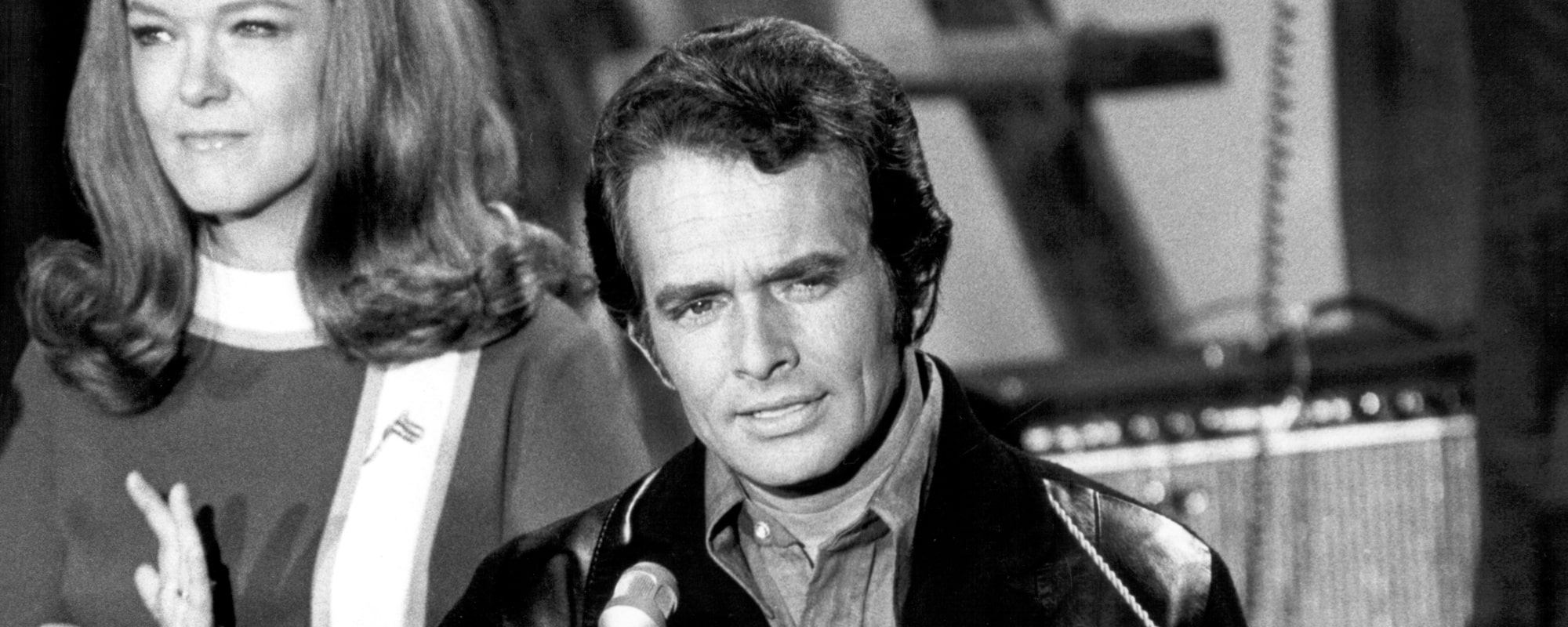
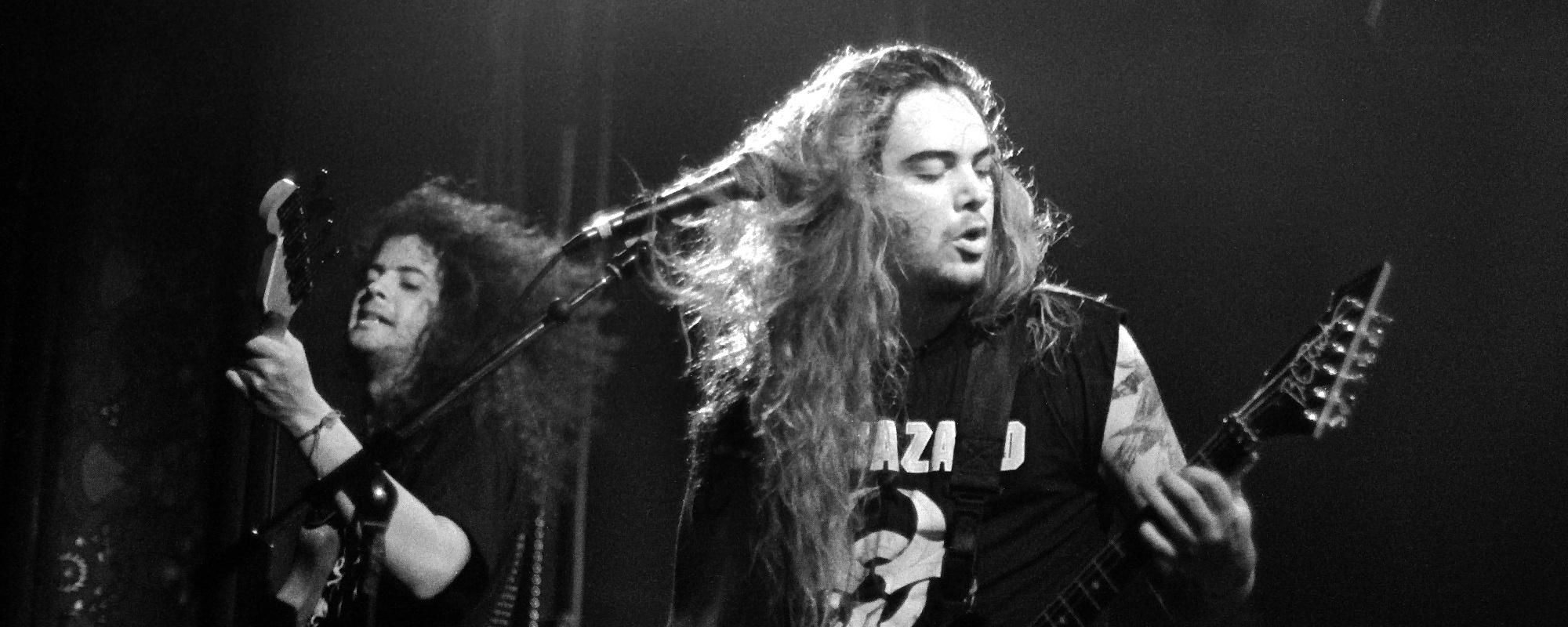

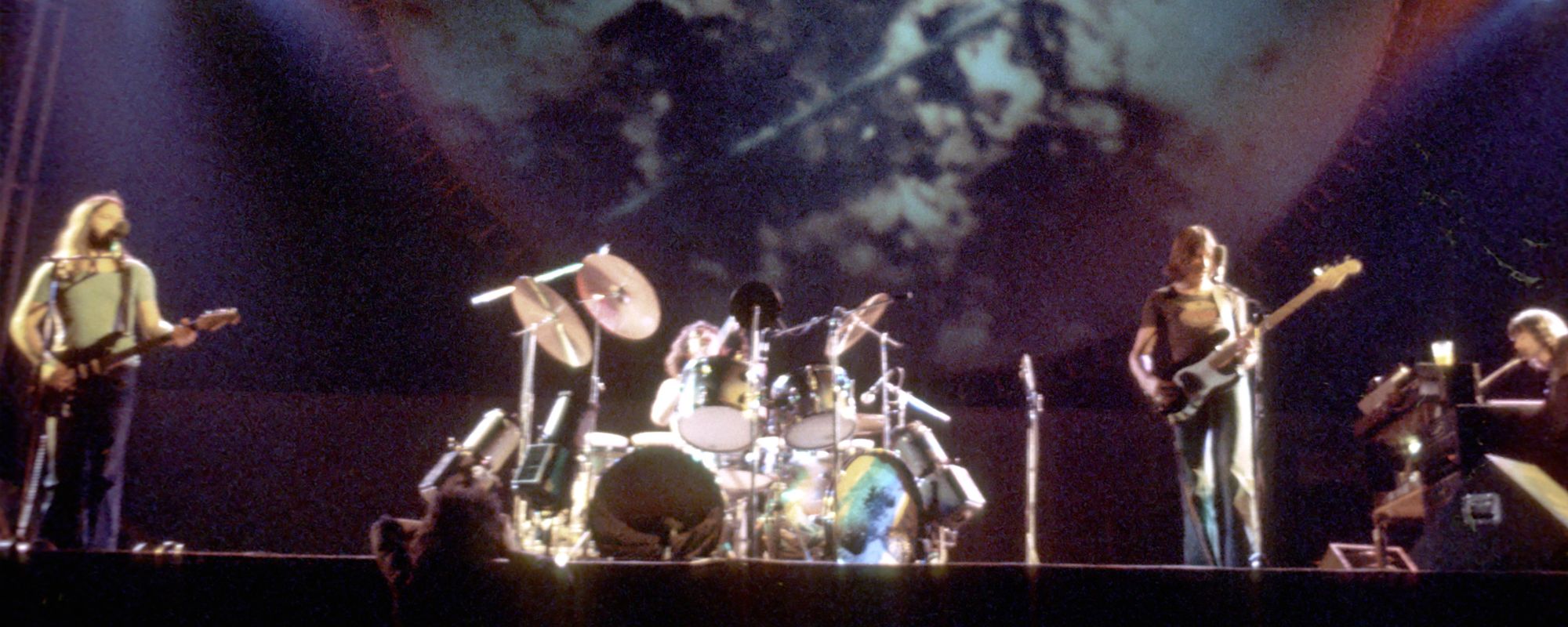
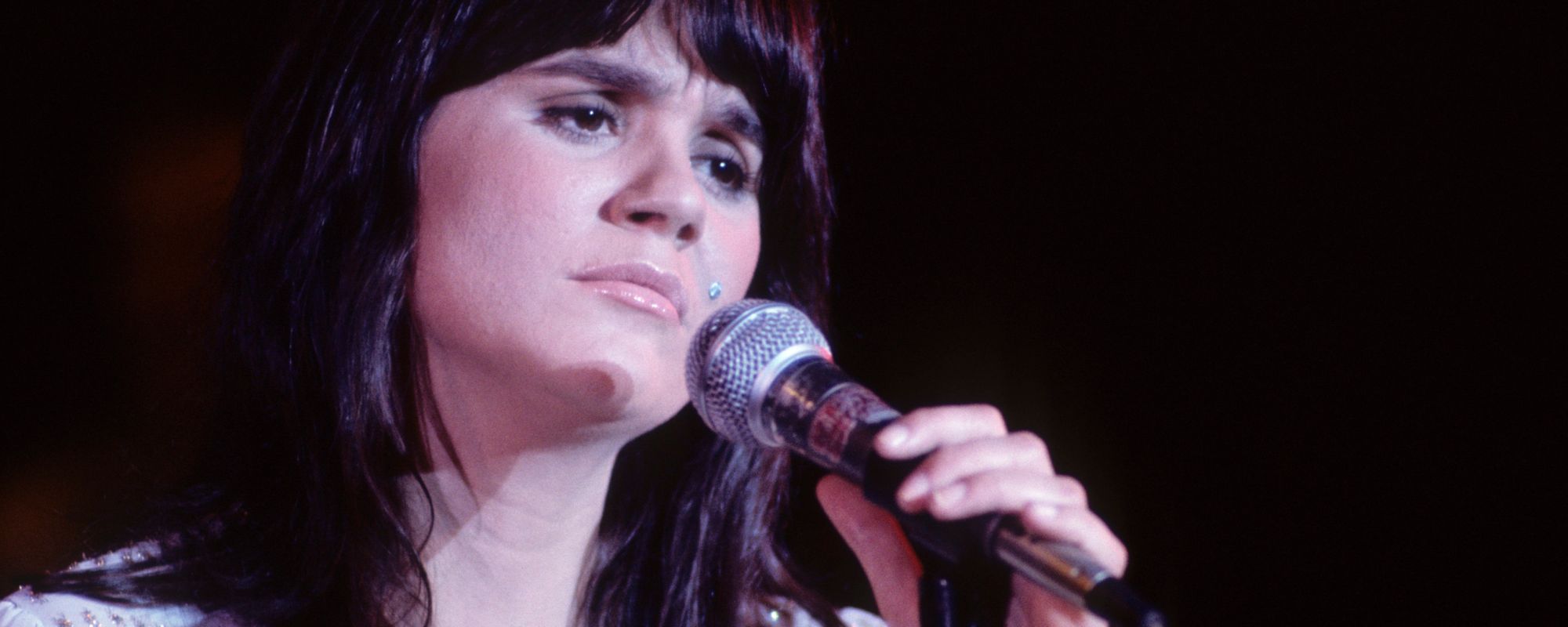
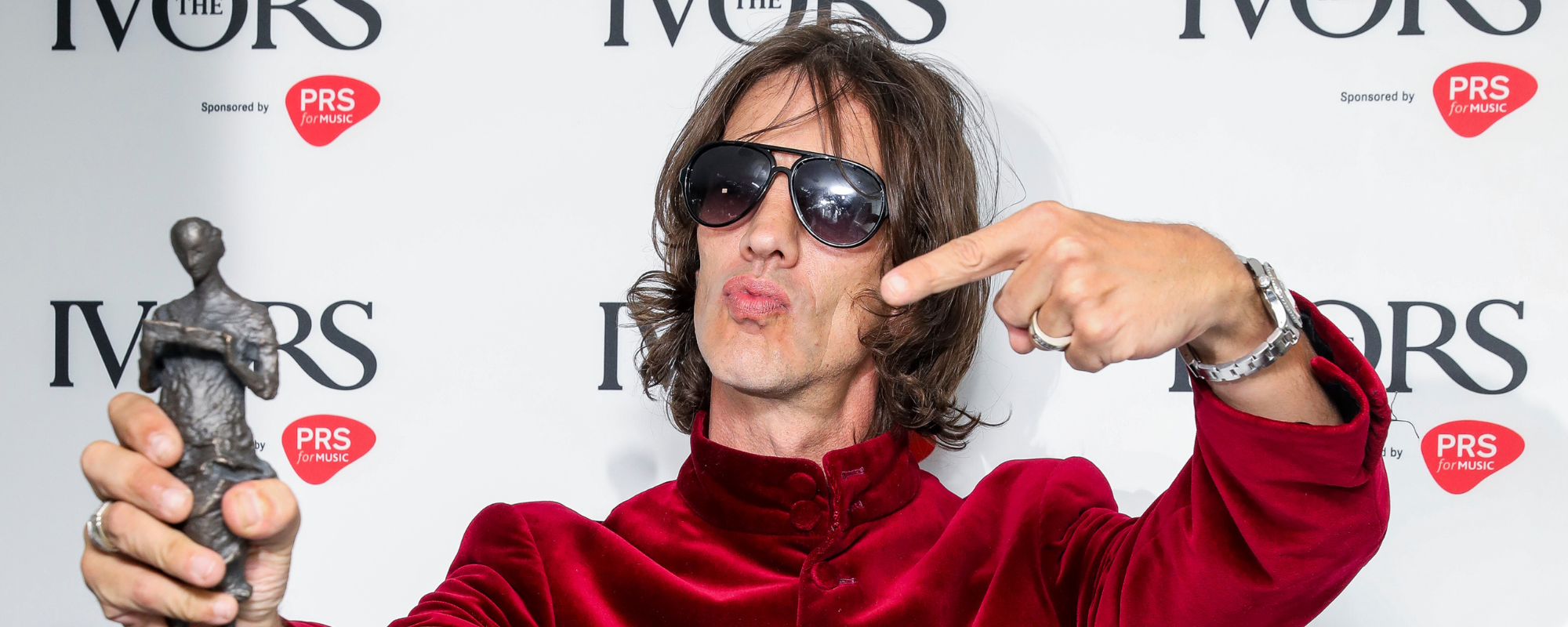
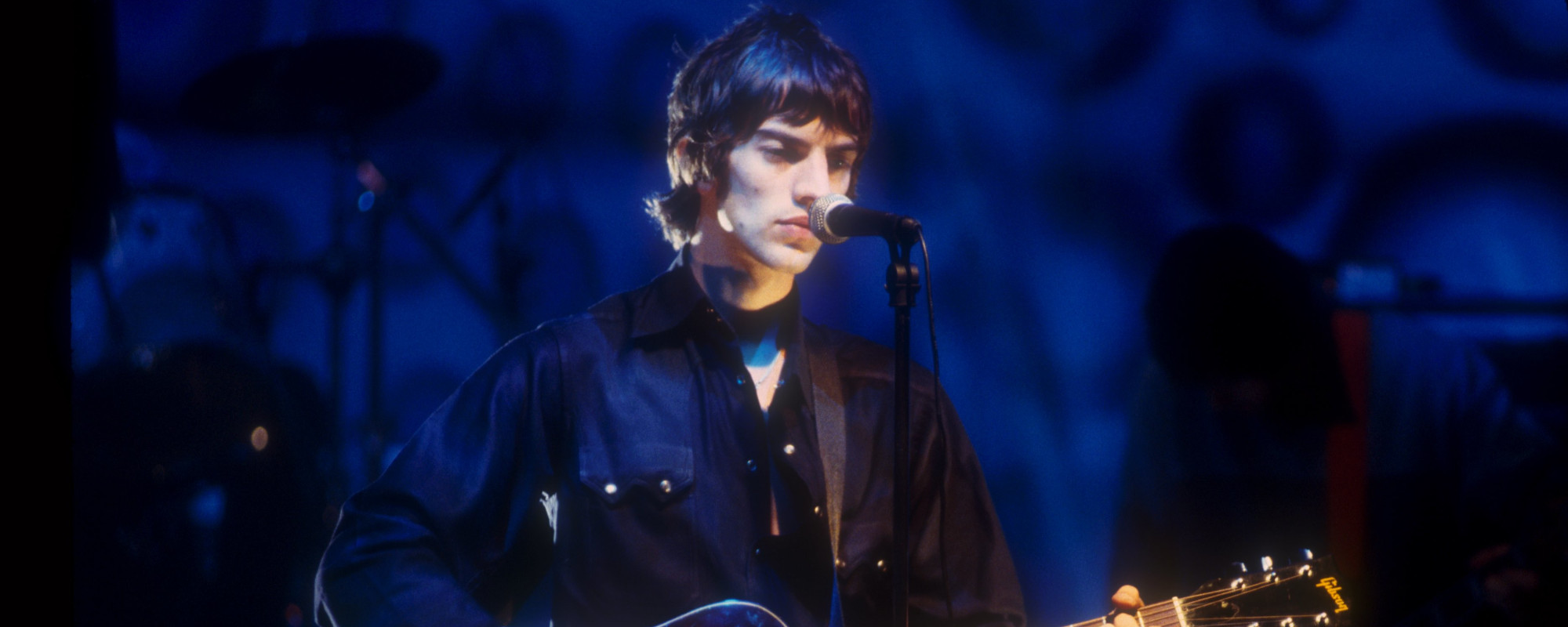

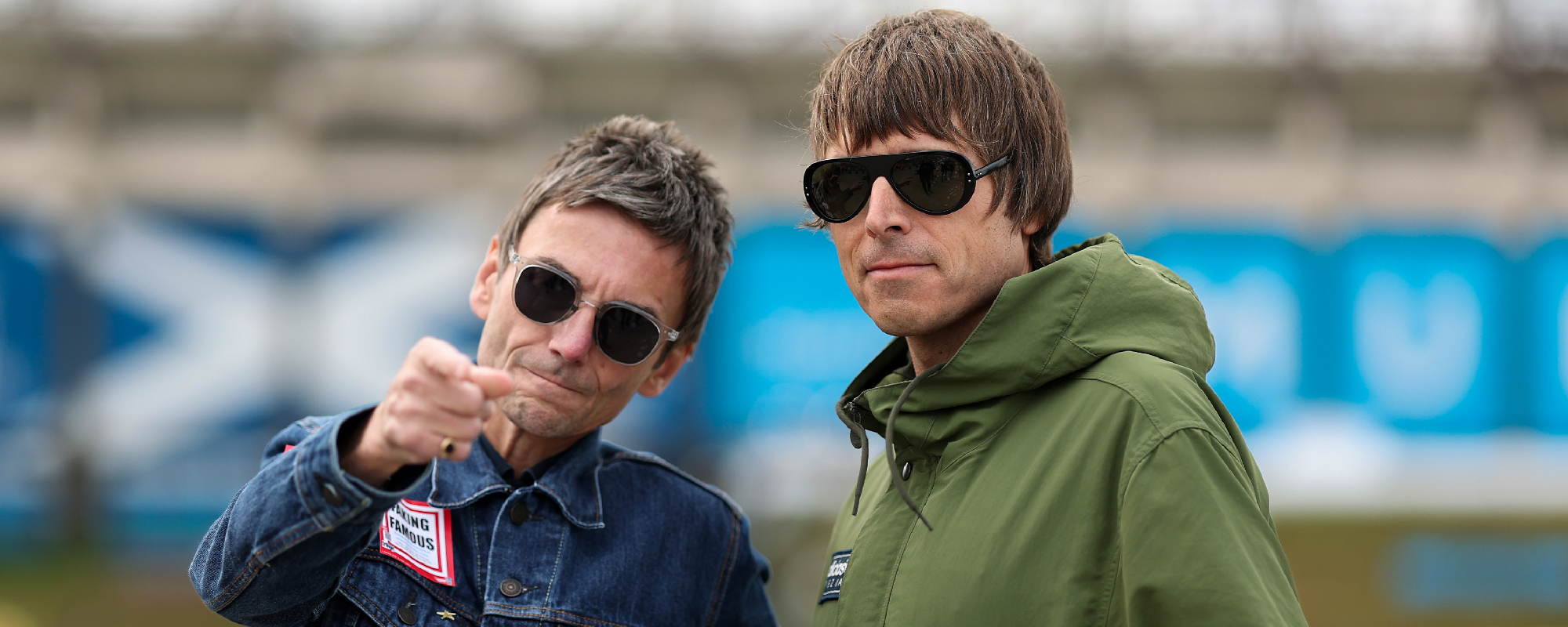
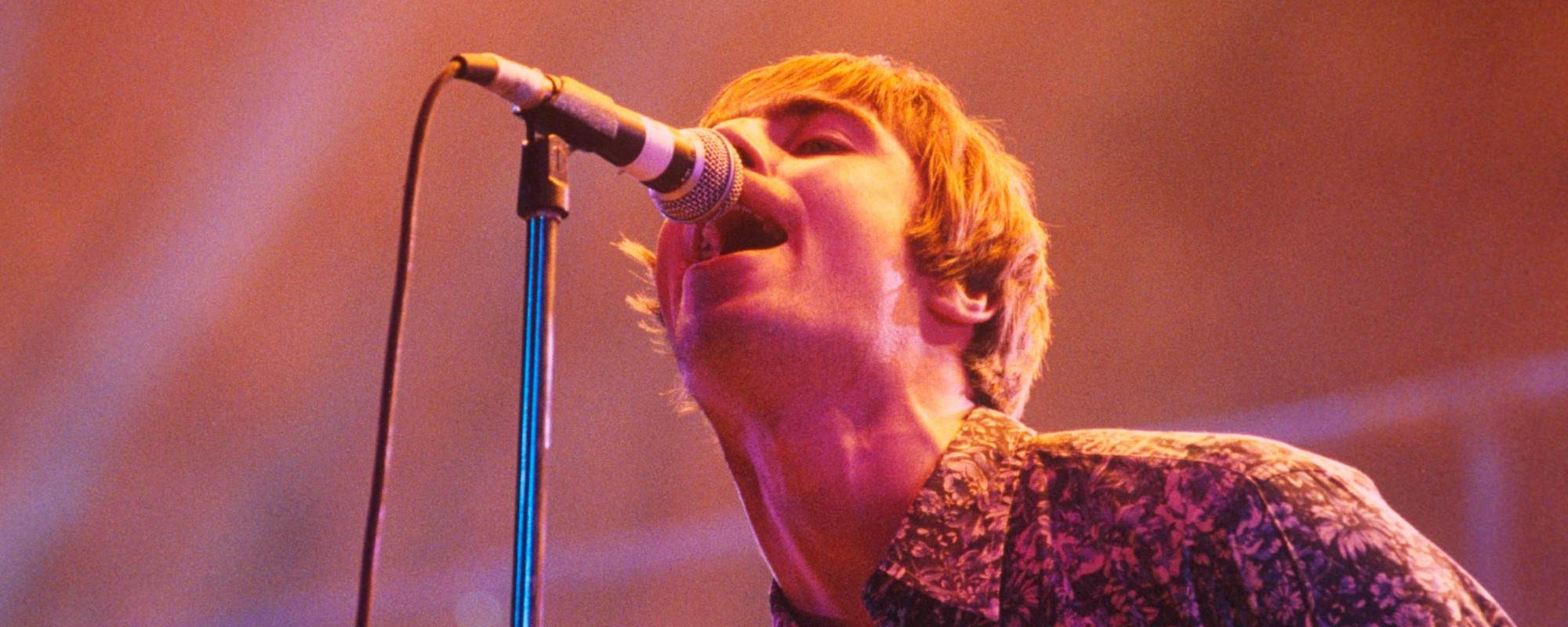
Leave a Reply
Only members can comment. Become a member. Already a member? Log in.